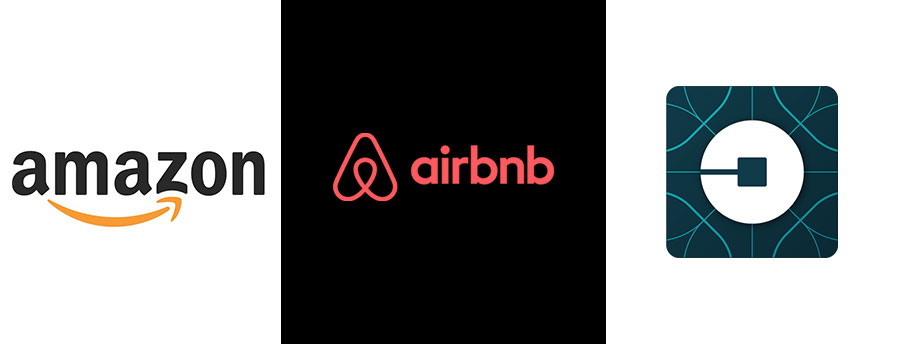Technology makes it possible for us to watch movies, binge-watch the whole series of the TV show, and order any kind of food from any kind of restaurant straight from our smartphones at any time of day. Life is getting so convenient, we might need a new word for convenience.
And the fitness industry seems to be leading the way.
I’ve written a lot of about my Peloton Bike and a lot about SoulCycle. I LOVE them both but love my Peloton more. It lets me get a personalized, on-demand, and as intense as I want in a workout. And even though I don’t have to leave my house at the Jersey Shore, I feel very much part of the community and connected to the instructors.
And apparently others like it too, Peloton just pulled ahead in the race to be the most popular exercise-bike company (yay Peloton!). In 2017, SoulCycle had 3 times as many customers as Peloton, but in Q3 of 2018, Peloton had 4% more customers than SoulCycle. Peloton doubled their subscriber base over the last year, while the number of people who made a SoulCycle purchase declined by nearly 10 percent in Q3 2018 compared to Q3 2017. That is a scary statistic for gyms.
While by any standards Peloton and SoulCycle are thriving, there are some downsides. They both only offer one type of workout – a spin class, and they are both really expensive. For Peloton, it is upfront when you buy the bike, while SoulCycle classes range from $30-$40 per class.
As the virtual fitness market is expected to reach $2.6 billion by 2022 up from $849.6 million in 2017 more and more brands are developing new products with more variety and that is a little more affordable than Peloton. Mirror allows users to take in-home workouts through a giant mirror that connects to live and on-demand fitness classes. It’s basically a giant smartphone on a stand with an LCD panel, stereo speakers, camera, microphone, and a one-way mirror. You can watch yourself work out next to the on-screen instructor in a yoga, pilates, cardio, strength, barre or boxing class. The classes are all optimized in real-time depending on your preferences and data from your heart-rate monitor or smartwatch.
Similarly, Tonal is an entire weight room packed into the size of a TV. Coaches guide you through step-by-step video workouts. The weight settings and workout suggestions are personalized to you and your goals. It actually recommends how much weight you lift and monitors the quality of each of your reps so you always know how you’re progressing.
Look what the fitness industry has already accomplished. They were able to bring people into the fold that were intimidated to go to the gym or had trouble finding time in their schedule to get to a class by providing classes that were on demand, personalized, and still part of a community.
This trend in fitness is definitely a sign of things to come, and something for marketers to stay tapped into when it comes to their own innovation. The future will not only bring more affordable versions of home fitness but also more convenience across the board.
I don’t think we’ve even seen the tip of the iceberg when it comes to what kind of things we’ll be able to do at home (with others). What if we could walk (virtually) down the produce aisles and pick our fruits and vegetables? Or input our health goals and medical history and have personalized supplement regimen waiting at our doorstep every week? Or scan our exact bodies into an app and have the ability to try on clothes and see how they fit without leaving our living rooms? Convenience, personalization, and variety can help all marketers bring new customers into their fold and keep the ones they already have excited and loyal.
If you want to figure out how to maximize your loyal consumers, we can help, let’s talk.














